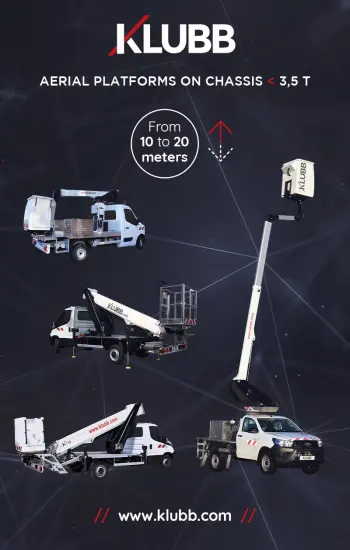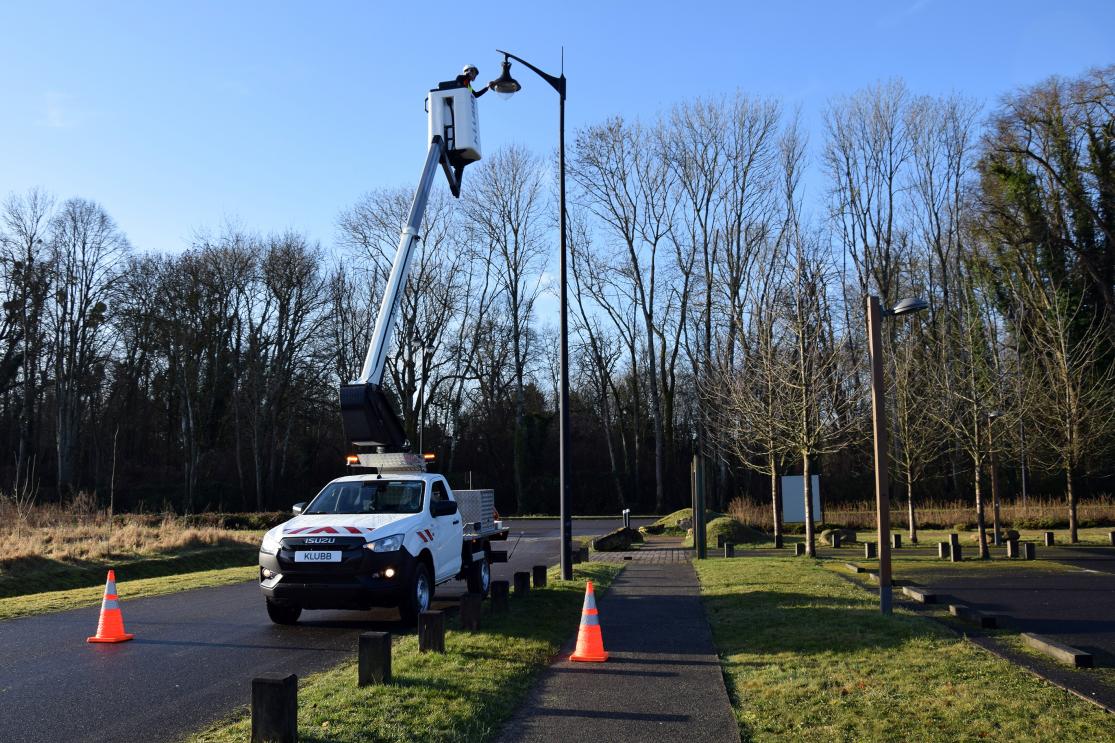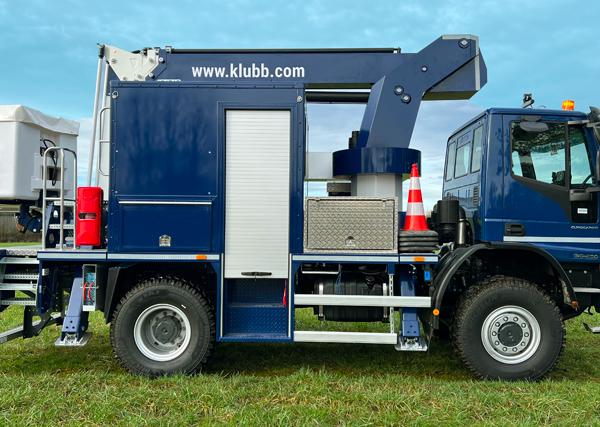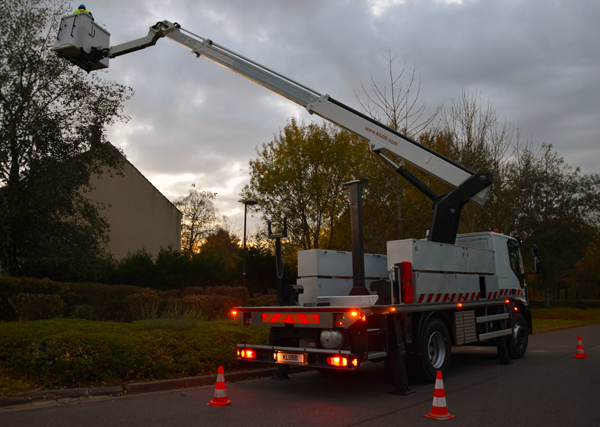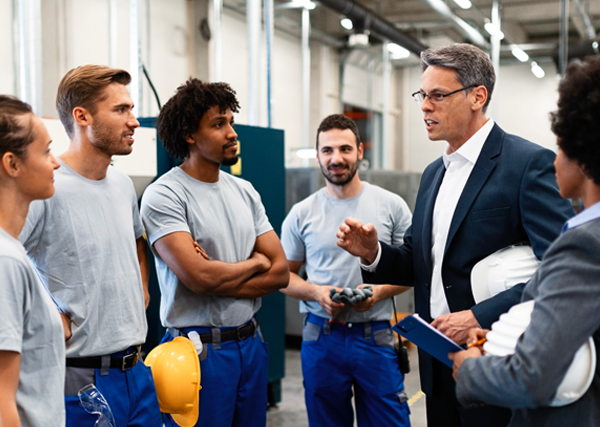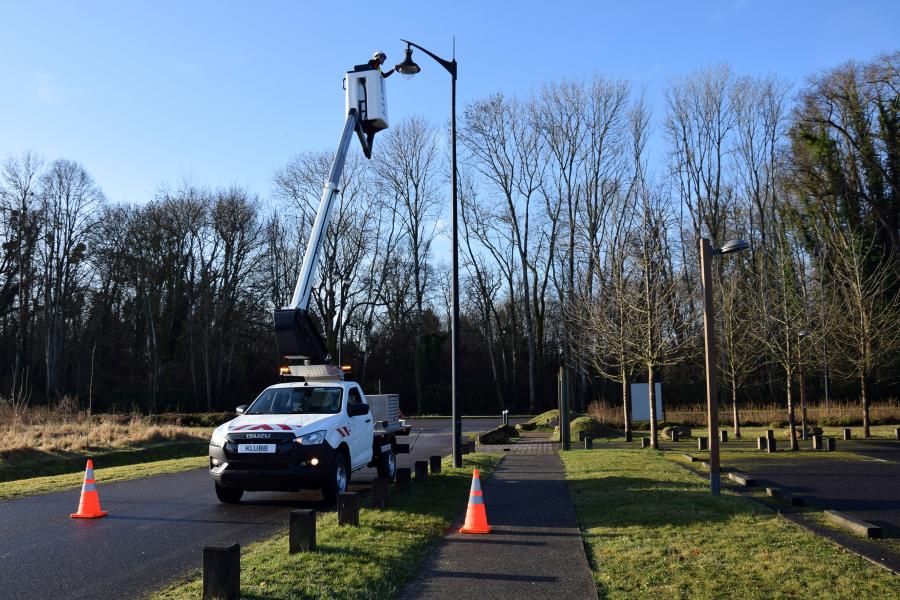
Für bestimmte Arbeiten müssen Bediener in der Höhe arbeiten, anstatt ihre Füße auf dem Boden zu halten. Dafür gibt es zahlreiche Lösungen. Um bestimmte Höhenbereiche zu erreichen, können Arbeiter natürlich Maschinen wie Hubarbeitsbühnen, Steiger, Scherenbühnen, Teleskopbühnen oder auch Hubsteiger verwenden.
Ihr wisst es genauso gut wie wir: Jede Arbeit birgt ihre Gefahren und Risiken. Aber wenn man sich das Arbeiten in der Höhe etwas genauer ansieht, wird schnell klar, dass solche Situationen mehr Aufmerksamkeit und Vorbereitung erfordern, um den Arbeitern eine sichere Routine zu bieten.
Der effizienteste (und sicherste) Weg, eine Hubarbeitsbühne zu verwenden, ist die Teilnahme an einer Schulung. Ein solcher Kurs ermöglicht es Ihnen als Bediener, sich mit den Sicherheitsverfahren und -regeln vertraut zu machen, sowohl für Ihre eigene Sicherheit als auch für die Sicherheit anderer Verkehrsteilnehmer.
Zum Beispiel ist es in Frankreich zwar nicht vorgeschrieben, aber dringend empfohlen, den CACES (Certificat d'Aptitude à la Conduite En Sécurité) zu absolvieren, um die Fähigkeiten als Bediener einer Hubarbeitsbühne zu validieren. Auf europäischer Ebene stellt die IPAF (International Powered Access Federation) den PAL (Powered Access Licence) aus, der ebenfalls als eine Art „Führerschein“ dient.
Ein gründliches Wissen über die Risiken und Gefahren, denen Sie selbst oder andere – sei es Kollegen oder Fußgänger – beim Einsatz einer Hebebühne ausgesetzt sein könnten, ist ein großer Vorteil und eine Garantie für Sicherheit.
Die Bedeutung der Fahrzeugüberprüfung und -wartung
Um die Sicherheit von Bedienern zu gewährleisten, die eine Hubarbeitsbühne verwenden, ist es unerlässlich, regelmäßige Inspektionen und Wartungen durchzuführen. Es wird empfohlen, dass die Hubarbeitsbühne vor jedem Gebrauch überprüft wird und dass mindestens zwei gründliche Inspektionen der Maschine in Betracht gezogen werden.
Die Steuerungen der Hubarbeitsbühne sind funktionsfähig.
Der Mechanismus für das Notabsenken funktioniert.
Überprüfung auf Verschleiß.
Kontrolle der richtigen Flüssigkeitsstände und auf das Fehlen von Lecks.
Seien Sie vorsichtig und versuchen Sie nicht, Ihre Hubarbeitsbühne ohne Benachrichtigung des Herstellers zu modifizieren. Durch Änderungen an der Maschine könnten Sie deren Struktur und Stabilität beeinträchtigen. Der Hersteller ist der einzige Akteur, der Änderungen an einem Hubgerät vornehmen darf, um so zu verhindern, dass Sie bei Arbeiten in der Höhe herunterfallen.
14 Sicherheitstipps für Hubarbeitsbühnen, die Ihnen helfen
Die korrekte Verwendung einer Hebebühne beruht auf Logik und Klugheit. Um Ihnen in Ihrer täglichen Routine zu helfen, finden Sie hier einige praktische Tipps, die Sie befolgen können, um sicherzustellen, dass Sie bei Arbeiten in der Höhe sicher sind.
- Stellen Sie sicher, dass die Hebebühne für die zu erledigende Arbeit geeignet ist.
Achten Sie darauf, dass die Lasten innerhalb der Tragfähigkeit liegen und ordnungsgemäß verstaut sind.
Verwenden Sie Stützen, wenn nötig.
Überprüfen Sie den Arbeitsbereich auf Schmutz oder unebene Oberflächen.
Stellen Sie sicher, dass der Arbeitsbereich frei von Unordnung wie Stromleitungen ist.
Vermeiden Sie die Nutzung der Hebebühne im Freien bei schlechtem Wetter und starkem Wind.
Verwenden Sie Ihre Hebebühne nicht als Kran.
Rüsten Sie sich mit der richtigen Absturzsicherung aus.
Stellen Sie sicher, dass Schutzgeländer installiert sind und Zugangstore geschlossen sind, bevor der Korb angehoben wird.
Halten Sie beide Füße im Korb und strecken Sie sich nicht zu weit hinaus.
Versuchen Sie nicht, Holz oder Leitern zu verwenden, um zusätzliche Höhe zu gewinnen.
Betreten Sie während des Betriebs nicht die Schutzgeländer oder Tritte.
Klettern Sie aus keinem Grund aus der Plattform.
Wenn Sie die Hebebühne freiwillig bewegen, manövrieren Sie langsam, um auf mögliche Gefahren oder Hindernisse zu achten.

